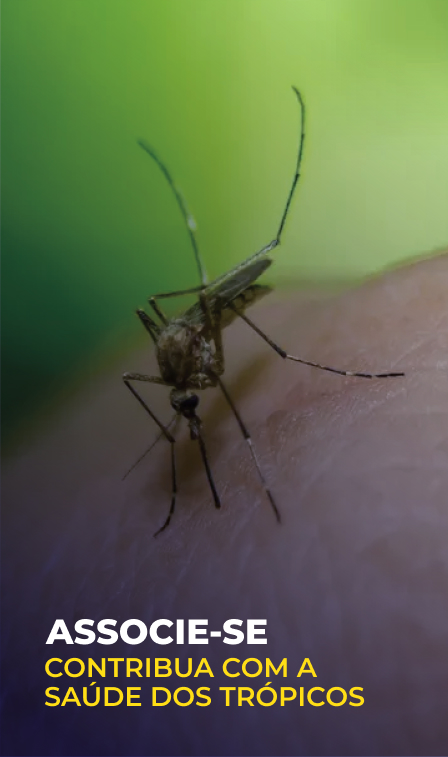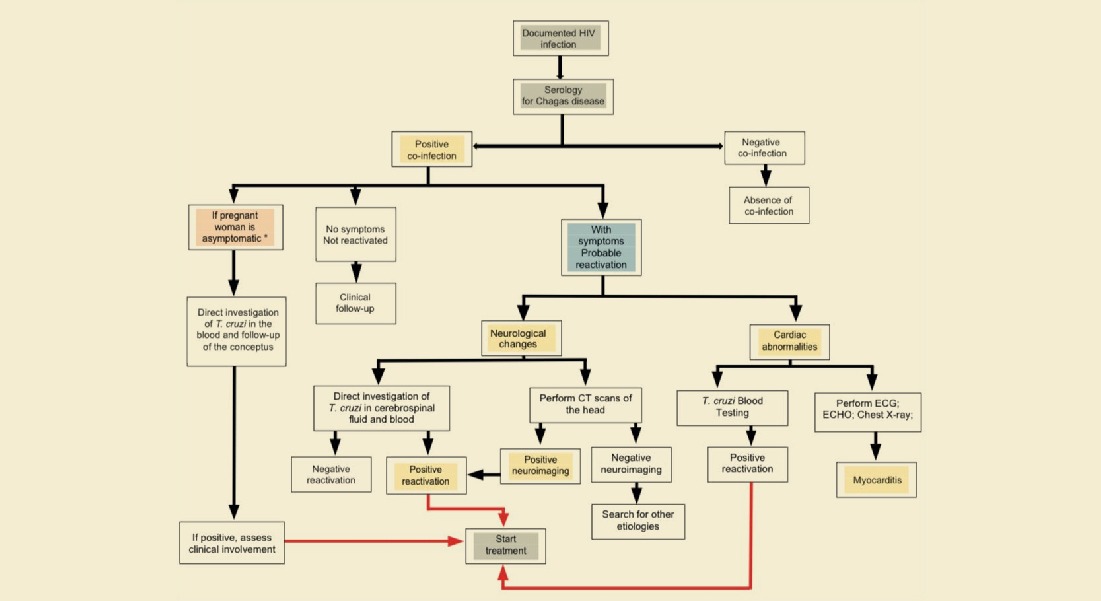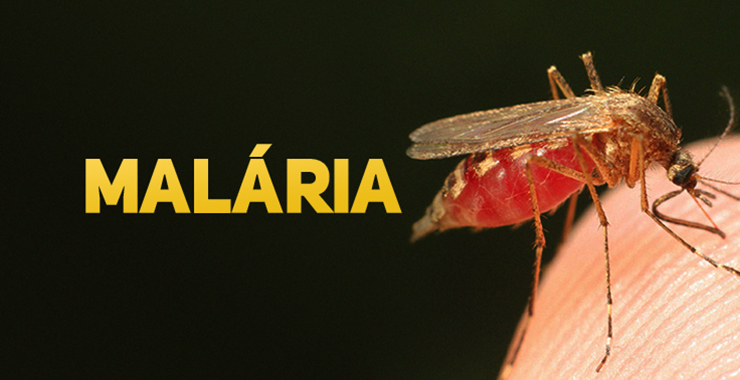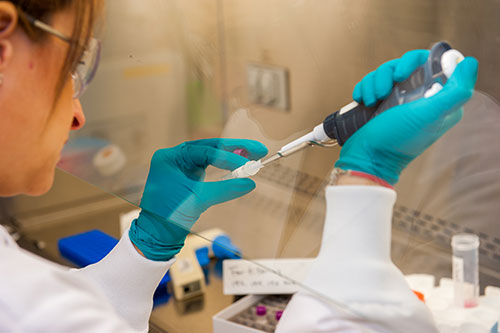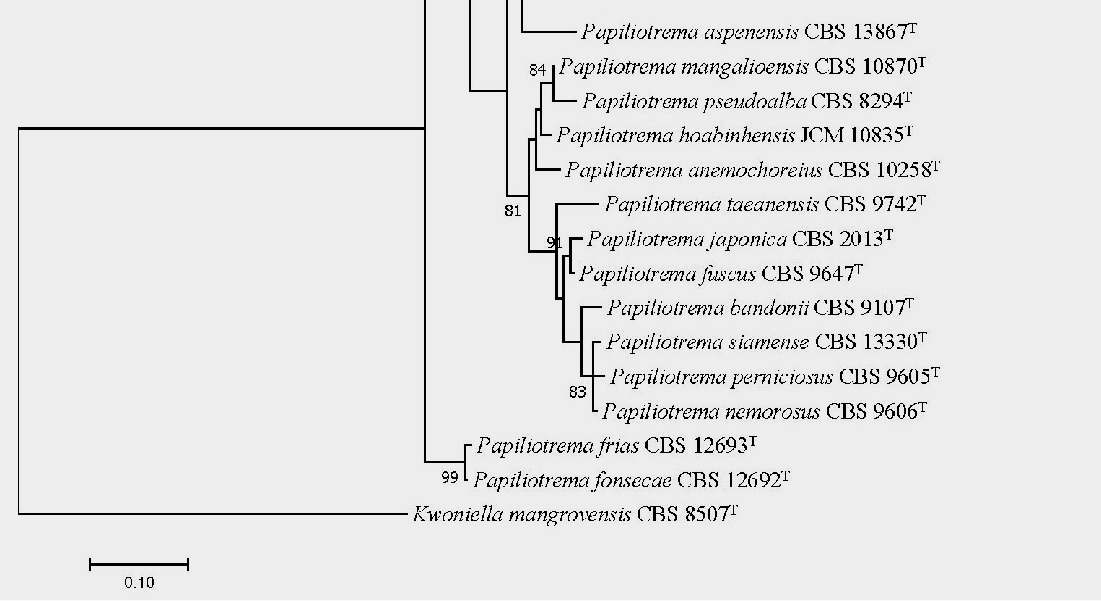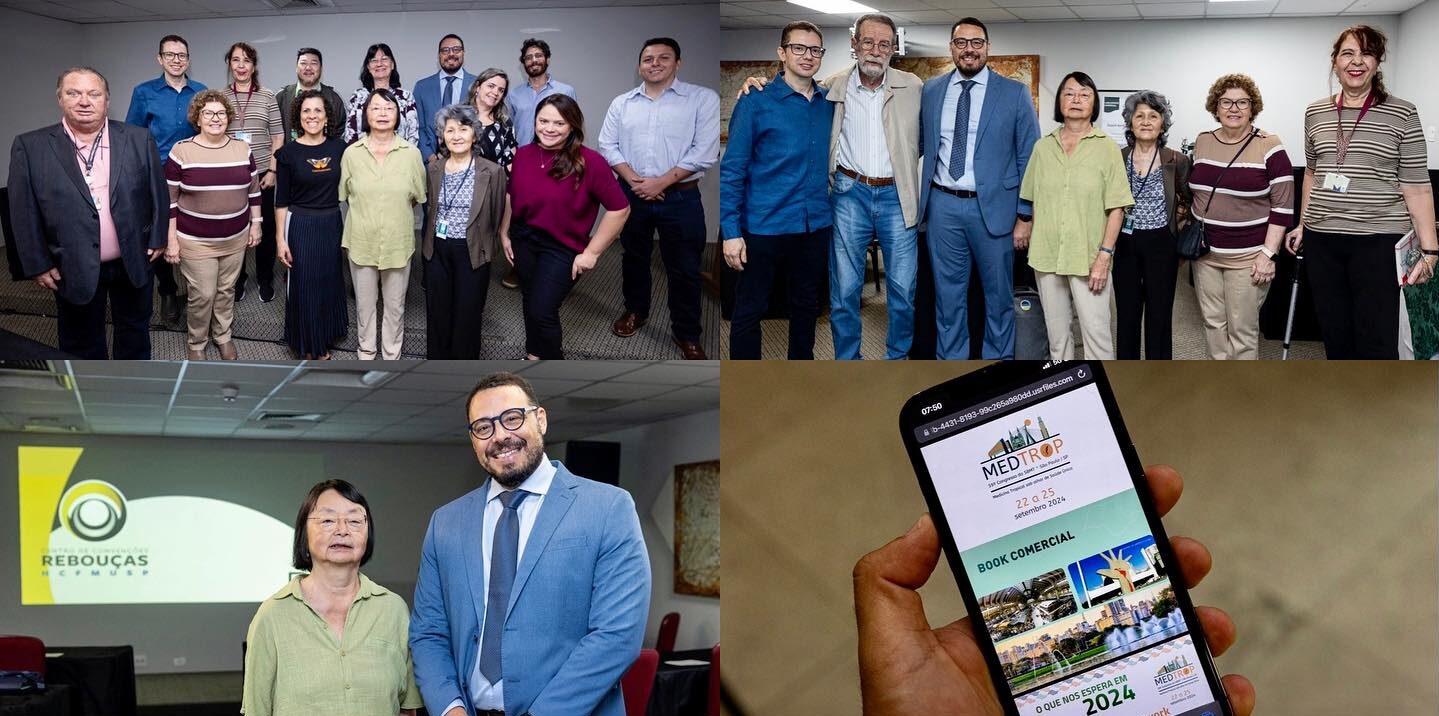
Mourning in the Brotherhood In Memoriam Erney Felício Plessman de Camargo
Carlos Medicis Morel, Henrique Krieger, Isaac Roitman, Luiz Rodolpho Raja Gabaglia Travassos, Marcello Andre Barcinski, Nísia Trindade Lima, Wanderley de Souza
09/03/2023Carlos Medicis Morel
- “We lost Erney…!”
- “What do you mean, Wanderley, ‘we lost Erney’?”
It was during a Zoom meeting with a group from Abrasco on Friday, March 3rd, 2023 that I received the news of the passing of our Brother-Master, Erney. It was his idea to create a ‘Brotherhood’.
“Why a ‘Brotherhood’, Erney?”
“So we can talk, have some idle chatter, be together with friends. We are getting old, it will be good to have a group to have a whiskey with and talk about life.”
And so it was done. At first, the Brotherhood used to meet in person, in Brasília, Rio de Janeiro or São Paulo, at some cozy restaurant. Marcello, as the Perpetual Secretary, helped Erney in organizing the calendar, taking advantage of the trips of the brothers [during the Covid-19 pandemic, when meetings started to be held via Zoom, Erney put forward a proposal to admit a ‘sister’ into the Brotherhood; after heated debates, the Brotherhood approved Nísia as its first and only Sister].
That was Erney. A scientist and humanist, he was a welcoming port. He brought together and stimulated the people who approached him, drawn by his personal magnetism, brilliant mind, acute perception of science, human soul and politics – politics with a capital ‘P’, always. I met Erney during my time as a professor at UnB, in the early 70s, when he came to visit Isaac, and we soon became close thanks to the annual meetings in Caxambu on ‘Basic Research in Chagas Disease’. A recent PhD, I was a freshman in Chagas Disease, my training had focused on basic research in molecular biology; I ‘drank in’ parasitology, microbiology and biochemistry knowledge in conversations with Zigman Brener, Erney and Isaac. It was these three who drew me to molecular parasitology, an area in which I dedicated myself in the first twenty years of my career.
Our friendship flowed pleasurably throughout our lives: (i) In the 80s, Erney as a scientific partner, publishing co-authored articles, in the beginning of my career at Fiocruz[1]; (ii) At the dawn of the millennium, while I was leading TDR (a research and training program on tropical diseases at the World Health Organization in Geneva), Erney, then recognized as a world-renowned expert, serving at my invitation on TDR scientific committees or introducing me to his malaria research groups operating in the Amazon; (iii) Later, Erney as a more mature and experienced friend, supporting me when the crossroads of life demanded irreversible decisions; (iv) Finally, as the ‘mentor’ of the Confraternity, shooting the breeze and enjoying, with the other comrades, his brilliant and insightful mind.
Rest in peace, my friend, your passage through this world has left good and indelible marks in the lives of all those who had the privilege of knowing you and enjoying your friendship.
Henrique Krieger
Erney Camargo passes away. The Brotherhood loses its Grand Master and High Priest. The world loses a great Brazilian, Brazil loses a great scientist, and I lose a good old friend.
Isaac Roitman
I met Erney in June 1973 at a workshop held at the headquarters of CNPq in Rio de Janeiro, entitled “Nutrition, Growth, and Strain Variations of Trypanosoma cruzi,” coordinated by José Ferreira Fernandes (USP). This initiative was the result of a discussion held in 1972 at the Brazilian Academy of Sciences, the “Integrated Program for Endemic Diseases” (PIDE). The scientific coordination of the program was in the hands of the following researchers: Aluízio Prata (coordinator), Antônio de Oliveira Lima, Benjamin Gilbert, Firmino Torres de Castro, Guilherme Rodrigues da Silva, José Rodrigues Coura, Marcello de Vasconcellos Coelho, Wladimir Lobato Paraense (later replaced by Amaury Domingues Coutinho), and Zigman Brener. As Walter Colli points out in his book, “Forty Years of a Successful Adventure”: “At the beginning of the 1970s, there were only a handful of groups working to develop modern Parasitology with molecular approaches that went beyond simple microscopic diagnosis of parasites. This decade was rich in initiatives to support science. There was a fermentation that had to do with the development of Biochemistry, Molecular Biology, Immunology, and Cellular Biology as tools to deepen knowledge of what was until then only descriptive.”
Erney was one of the most prominent protagonists of this adventure. He developed the LIT (Liver Infusion Tryptose) medium for the cultivation of T. cruzi in 1964. He published a large number of articles and reviews on tripanosomatid protozoa. In partnership with Luiz Hildebrando Pereira da Silva and his son Luiz Marcelo Aranha Camargo, he worked on malaria control in Rondônia. Institutionally, I highlight the implementation of one of the country’s most important Parasitology groups at the Federal University of São Paulo (former São Paulo School of Medicine). He rebuilt the Department of Parasitology at the University of São Paulo, the birthplace of Samuel Barsnley Pessoa’s family of scientists. This family, persecuted by the military dictatorship, included Luiz Hildebrando Pereira da Silva, Luiz Rey, Ruth and Victor Nussenzweig, Maria and Leônidas Deane, and Erney Camargo. Erney, although retired, regularly attended the Department of Parasitology at the Institute of Biological Sciences, pointing the way for young scientists. The emotional and scientific ties we had led Erney to honor me in 2013 by naming a new species of trypanosomatid after me: Herpetomonas isaaci. Erney built actions and left virtuous traces in all the institutions where he worked, including the Federal University of São Paulo, the University of São Paulo, the Zerbini Foundation-Incor, the Butantan Institute, the National Council for Scientific and Technological Development, and the Conrado Wessel Foundation. I had intense interaction with Erney, and we could write a book about it. One of them, which took place in the 1970s, was the pleasure of staying as a visiting professor in the Laboratory of Microbiology and Immunology of the Department of Cellular Biology at the University of Brasília. Erney and his family stayed in Brasília for several months. At this time, sentimental ties with his family (Marisis, his wife, and children Luiz Marcelo, Luiz Fernando, Luiz Eduardo, and Ana Maria) were consolidated. In a public event, Erney declared that the time he spent in my laboratory had been very important for his career. I replied that I had learned a lot from his stay in my laboratory. On another occasion, he also emphasized his internship. At that time, I replied that he had been my best intern. We had many joyful moments, framed by a good whiskey. Erney was always a humanist, with thoughts and attitudes for the collective. He was a fanatic São Paulo football club supporter, but we always maintained a virtuous relationship despite me being a Santos Football Club supporter. In recent years, through the Confraria, idealized by Erney, we had many face-to-face and virtual meetings. Having lived with Erney was a privilege. He will always be in my memory.
Luiz Rodolpho Raja Gabaglia Travassos
From: lrr.gabaglia.travassos@paraiso.ceu to iroitman@uol.com.br
Dear fellow members:
I was the first to pass away in the Brotherhood. Erney followed in my footsteps. I assure you that Erney will be welcomed with honor in the dimension where I am now. Together, we will remember the moments of joy at the Federal University of São Paulo and the conversations we had, accompanied by excellent drinks that we enjoyed, at the sacred bars of the Hotel Gloria in Caxambu. I will try once again to convert him to Judaism.
I am proposing to the newcomer the establishment of a Heavenly Confraternity in this new dimension, inviting Ruth Nussenzweig as the Chief Comrade and, as comrades, Luiz Hildebrando, Samuel Pessoa, Isaias Raw, Zigman Brener, José Coura, Luiz Rey, Sergio Arouca, and other friends from our earthly life. Farewell, Shalom.
Marcello Andre Barcinski
Erney Camargo 1935-2023
Our dear Erney passed away a few days ago. Everyone who knew him, including myself, was left with a sense of immense emptiness, almost impossible to be filled, that life and the world have become smaller, poorer, and less interesting. It brings to mind a passage that touches me deeply by anthropologist Roberto da Matta: “The roles, the social roles, and above all, the network in which the departed was inserted, need to be reconstructed and remade. But (…) the place he occupied in the hearts of his friends needs time to move from the pain to the longing. It takes time to move from tears of goodbye to the deep sigh of a longing that admits finitude – especially the finitude of those we love.”
That’s right. I tried to remember the moment and occasion when I met Erney and couldn’t. Soon I realized that even though we weren’t childhood friends, I lived with him as if I had known him all my life. A kind of older brother. The brother you admire and trust without reservation, who gives you wise advice on life and profession, who supports you when you need it and calls your attention when you deserve it.
Erney invited me to join him and other colleagues in the task of rebuilding the Parasitology Department at ICB/USP, originally created by Samuel Pessoa and destroyed by the military dictatorship. Those were unforgettable years. A lot of work and camaraderie among the newcomers, those who were already there, and those who kept coming. Many successes and frustrations, many joys and sorrows. But everyone always imbued with the certainty that we were collaborating in the construction, on the campuses of São Paulo and Rondônia, of the “Erney Camargo School of Parasitology”. This will remain forever.
Nisia Trindade Lima
- You need to take care of yourself because the challenge ahead of you is not easy. Don’t neglect yourself.
“The words of dear friend Erney still echo and will remain as advice and part of the recommended care. That was Erney Plessman de Camargo: an attentive and affectionate person, a bridge between diverse worlds, a collector of good and sincere friendships.
How joyful it was to have met him and participated in the meeting of the Conrado Wessel Foundation Council on February 4th of this year! I couldn’t suspect it would be our last meeting. Before that, there were many exchanges of messages, virtual meetings of the Confraternity, and promises of an expected face-to-face meeting at a restaurant in Rio or São Paulo, or even at one of our houses. I miss that future that didn’t arrive, but a tender and appeasing missing of who recognizes the taste for life of the friend who left and his full way of being and existing on this planet. This moment of farewells always brings us surprises, among them the knowledge that it was Erney who suggested that I join the Confraternity of scientists and friends whom I admire so much.
I met Erney in the early 1990s, but we became closer during the celebrations of the Centenary of the Discovery of Chagas Disease in 2009, largely due to my activities as a researcher at Casa de Oswaldo Cruz and Scientific Editor of the Fiocruz Publisher, responsible for editing the book “Clássicos da Doença de Chagas”[Chagas Disease Classics]. I remember good academic discussions and meetings, with many toasts and pleasant conversations. In 2012, when I took over as Vice-President of Education, Information and Communication at Fiocruz, during Paulo Gadelha’s management, we made the decision to establish the Fiocruz Superior Council and invite, among other great exponents of science and health, Erney Camargo. Since then, our friend has been regular in the debates on the direction of the centennial institution.
An outstanding moment in this journey occurred during the commemorative week of Fiocruz’s 119th anniversary in 2019, when we began celebrating the 120th anniversary. In the session “The Science of the Future and the Future of Science,” Erney presented us with a conference in which the quality of the analysis was added to the strength of the witness who, from experience, could affirm the value of science and democracy. The years of building the main research support agencies, the optimism of the 1950s and 1960s, soon confronted with the arbitrary, censorship, and exile during the civil-military dictatorship. And, at the same time, the conviction that we would overcome the hard period we lived through in the past government, with the double negation of science and democracy.
As Guimarães Rosa used to say, people don’t die, they become enchanted. And it is with this enchantment that I will keep the memories of the scientist, science and technology manager, brilliant intellectual, and dear friend.”
Wanderley de Souza
I became aware of Erney’s scientific work before meeting him in person. When I started as an undergraduate research intern in Hertha Meyer’s laboratory in 1970, she gave me a folder containing about 10 articles that I needed to read to start working with pathogenic protozoa. One of these was Erney’s article published in 1964 in the Journal of the São Paulo Tropical Medicine Institute, where he described the axenic cultivation of T. cruzi as well as the in vitro metacyclogenesis process very well. I cleared up some doubts with an eminent American protozoologist (William Trager), who had come from the Rockefeller University and was following the cultivation process of Plasmodium gallianceu that Hertha Meyer, along with Lobato Paraense, had developed. It was only a few years later that I met Erney in person at the famous meeting mentioned above, which took place at the CNPq headquarters in Rio de Janeiro, where the topic of T. cruzi cultivation was discussed in detail. From then on, my interaction with Erney grew and became more intense. He paved the way for me to start a rapid collaboration with his mentor Samuel Pessoa, who was studying some protozoa found in snake blood and was keeping them in his laboratory at the Butantan Institute. But it was our interaction over the years, and for many years, at the classic meetings in Caxambu and at meetings on Basic Research in Chagas Disease, that led to the establishment of fruitful cooperation in the field of cell biology of trypanosomatids of various genera, characterizing several that contain an endosymbiont and describing new species and genera. In these works, I highlight the participation of Marta Teixeira (who was part of Erney’s initial team and is now a full professor at ICB-USP) and Maria Cristina Motta and Márcia Attias, colleagues in the group I lead, who together form a team that has been leading research on trypanosomatid phylogeny. Just last week, I spoke with Erney and we decided to accelerate the publication of two new articles that are in the final stages of writing. I cannot forget Erney’s important participation in collaboration projects with colleagues from Mozambique, a country he visited several times.
I also cannot forget to thank Erney for his collaboration in assembling the leadership team of the Ministry of Science and Technology in Lula’s first government in 2003. As Executive Secretary of the MCT, Minister Roberto Amaral gave me the task of choosing the leaders of CNPq and Finep. For CNPq, I immediately thought of Erney, who promptly accepted and organized a high-level team that accompanied him for several years and created several important programs, such as bench fees associated with academic productivity scholarships, partnerships with state research support foundations in several special programs, and expanded international cooperation, including our trip to Mozambique to help organize the Ministry in that country, where Drugovich, a great collaborator of Erney’s, had a prominent role.
Last but not least, I cannot forget the frequent meetings, always well accompanied by good food and drink, and pleasant conversation where we talked about everything. We will continue these meetings to always remember the members who unfortunately are no longer with us.





